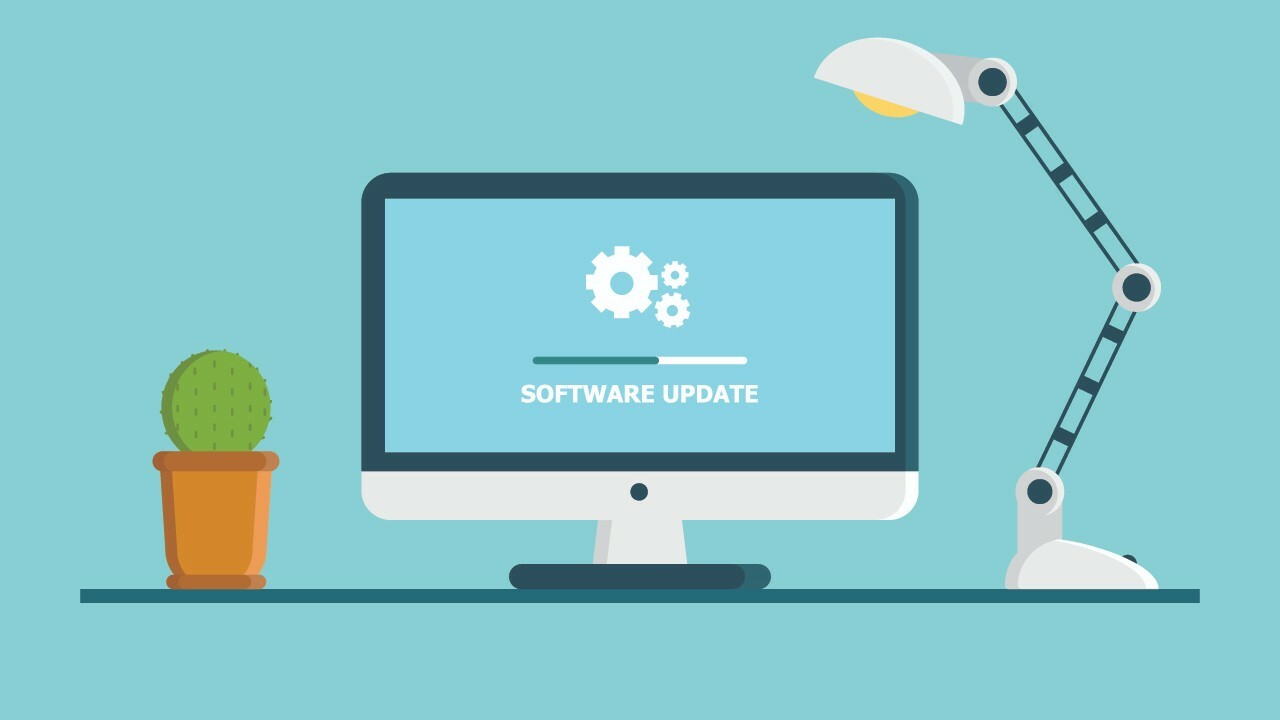The Role of Hypervisors in Cloud Computing

H ypervisors play a critical role in cloud computing as they enable the creation and management of virtual machines (VMs) in the cloud environment. Let's take a closer look at the role of hypervisors in cloud computing: Resource Allocation: Hypervisors allow multiple virtual machines to run on a single physical server, and they allocate physical resources such as CPU, memory, storage, and networking to each VM. Hypervisors provide features like dynamic resource allocation, which automatically allocates resources to VMs based on their current needs. This ensures optimal utilization of resources and reduces hardware costs. Isolation: Hypervisors provide a layer of abstraction between the physical hardware and virtual machines, ensuring isolation and security between VMs running on the same physical server. Each virtual machine runs in its own isolated environment, and any changes made to one VM do not affect the others. This





